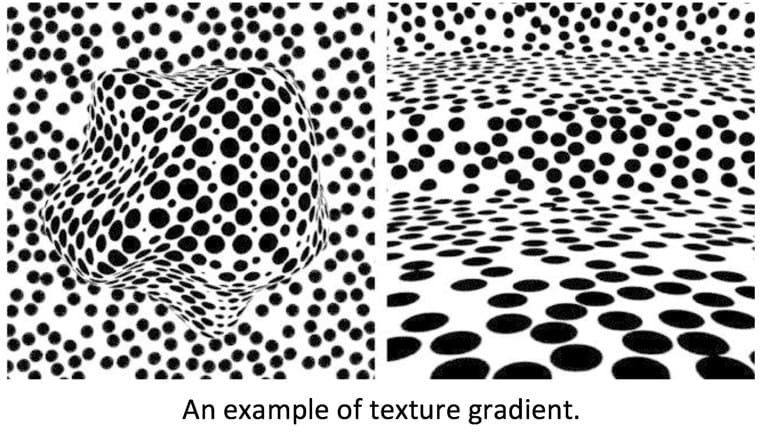In this post
Gibson’s work in the 1960s is commonly referred to as the direct theory, the ‘bottom-up’ theory or the nativist theory, all of which are the same thing – this can be a little bit confusing so it is important that you are aware that all of these theories relate to the same thing.
Gibson argued that instinct and biology play a vital part in perception and therefore, when referring to the nature vs. nurture debate, this theory lies firmly on the nature side, as Gibson implies that the ability to perceive things and process information is innate, i.e. that a person is born with such an ability. He also implies that because the ability to process information is essential for survival that no learning is required at all. Human ancestors would have needed to have good levels of perception to avoid predators and therefore it could be argued that Gibson’s theory is also evolutionary. Perception, according to Gibson, is purely sensory – people perceive things by what they can actually see and perception has nothing to do with any form of prior knowledge (something very important in Gregory’s theory, which we shall look at after this one).
The term bottom-up refers to how perception is immediate and how the eyes first register the information, closely followed by the brain. The information coming to someone from their environment is their sensory input and thus involves everything that they can see, hear, touch, taste and smell.
Another important part of Gibson’s theory concerns ‘optic flow’, which is the pattern of motion between a person and the objects, surfaces and edges around them – it is apparently caused by movement between the person and their environment. Imagine riding a bike and everything whizzing past you as you go down a hill – this is what optic flow refers to; the appearance of the objects as the person moves past them.
When a person moves around within their environment they almost never have a static view of things because they are moving their eyes and their head and things are coming in and out of their visual field all the time. However, some aspects of the environment will remain constant – these are referred to as invariants and include things such as texture perspective and linear perspective. For example, texture perspective gives an appearance of depth even though it doesn’t change, and linear perspective, in the case of parallel lines, appear to get narrower as they disappear into the distance even though this does not actually happen:


Think as well about a pattern on some curtains for example. If you view the curtains from a distance, the pattern is very different to how it appears when you are standing in front of them, even though the pattern itself has not changed at all.
In order for people to be assisted in their ability to accurately perceive things, Gibson stated that they rely on affordances, which are cues in the environment such as:
- Optical array – patterns of light which come from the environment and are taken in by the eyes
- Relative brightness – any object which is seen as brighter is often seen as closer
- Texture gradient – when the clarity of the grain of an object is unclear, it appears to recede away
- Superimposition – when one object is blocked from view by another, the first object is usually perceived as closer
- Relative size – items which are further away from the eyes appear to be smaller, therefore smaller objects are often seen as further away
- Height within the visual field – objects which are further away, are usually higher up in someone’s visual field.
Strengths of Gibson’s theory
- The theory provides a good explanation of why most people perceive the same thing very similarly – this suggests that individual interpretation of something doesn’t happen
- The theory also gives support to why people are able to perceive and process information very quickly – they do not have to think or retrieve memories, as their perception is instant or direct
Weaknesses of Gibson’s theory
- The theory is very reductionist as it only takes into account the person’s environment and instincts, when other theories suggest that memory is also involved in perception
- The theory cannot explain why some perceptions are incorrect – if we see things directly the way they are, then misinterpretation should not happen
- The theory cannot account for visual illusions – these should not occur if people are only seeing precisely what is in front of them.



